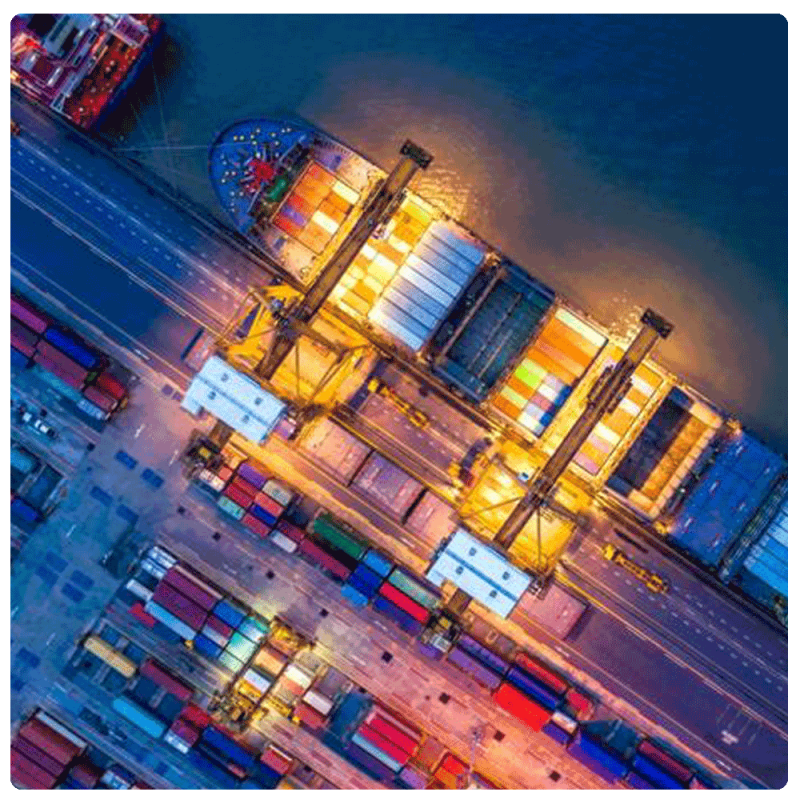Global transportation and logistics management
Everything is becoming increasingly expensive, and global transportation is no exception. When we need to ship quickly, we typically use air freight, which has become more expensive due to environmental considerations. Transportation costs are among the top challenges facing the freight logistics industry, as they constitute one of its primary expenses. Global transportation has become a pressing issue. Here is the defined challenge: Air freight has become highly expensive and has faced significant international criticism due to the lack of green policies for air shipping, which affects the brand image and leads to lower shipping volumes.


A good example is KLM Cargo, which has implemented sustainable transportation models for air cargo and fuels to lower its carbon footprint. KLM Cargo aims to optimize air shipping costs and improve its brand image for future orders despite the challenge of increasingly unpredictable shipping volumes.
The role of sea freight in the supply chain is generally to move large quantities of goods from one continent to another.
Sea freight forwarders are an important link in the supply chain as they coordinate the entire logistics process - from export to shipping via ocean carriers to import. Thanks to international trade and maritime laws, shipping via ocean can be complicated, and freight forwarders can help demystify the process and leverage their connections across the supply chain to ensure it goes smoothly for their customers.
Though sea freight transport often involves the longest leg of a product’s journey through the supply chain, it just makes up some of the supply chains’ links. First, goods must move from the supplier to the port where the carrier is loading containers. Once the shipment has arrived at the port of destination, drayage services are often utilized to move the item from the port to a storage facility. From there, containers are often taken via rail or truck to a warehouse to be unloaded.
